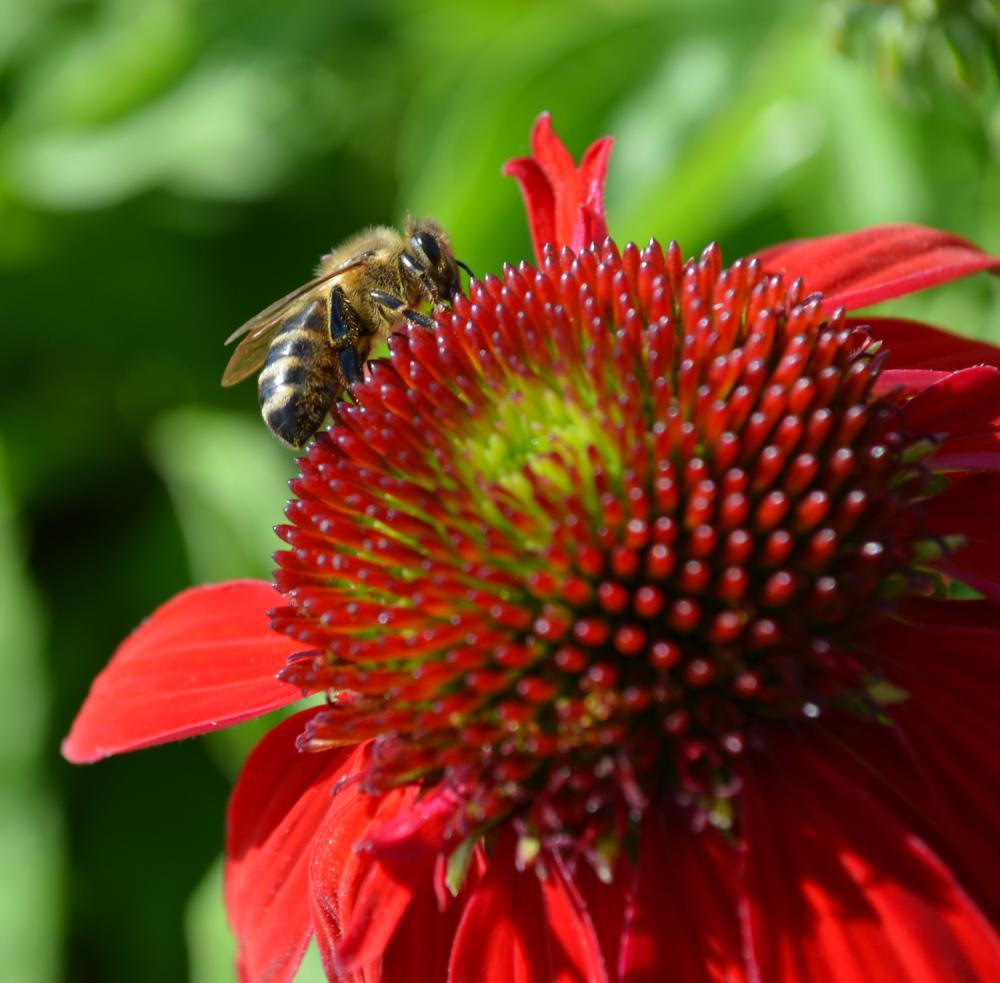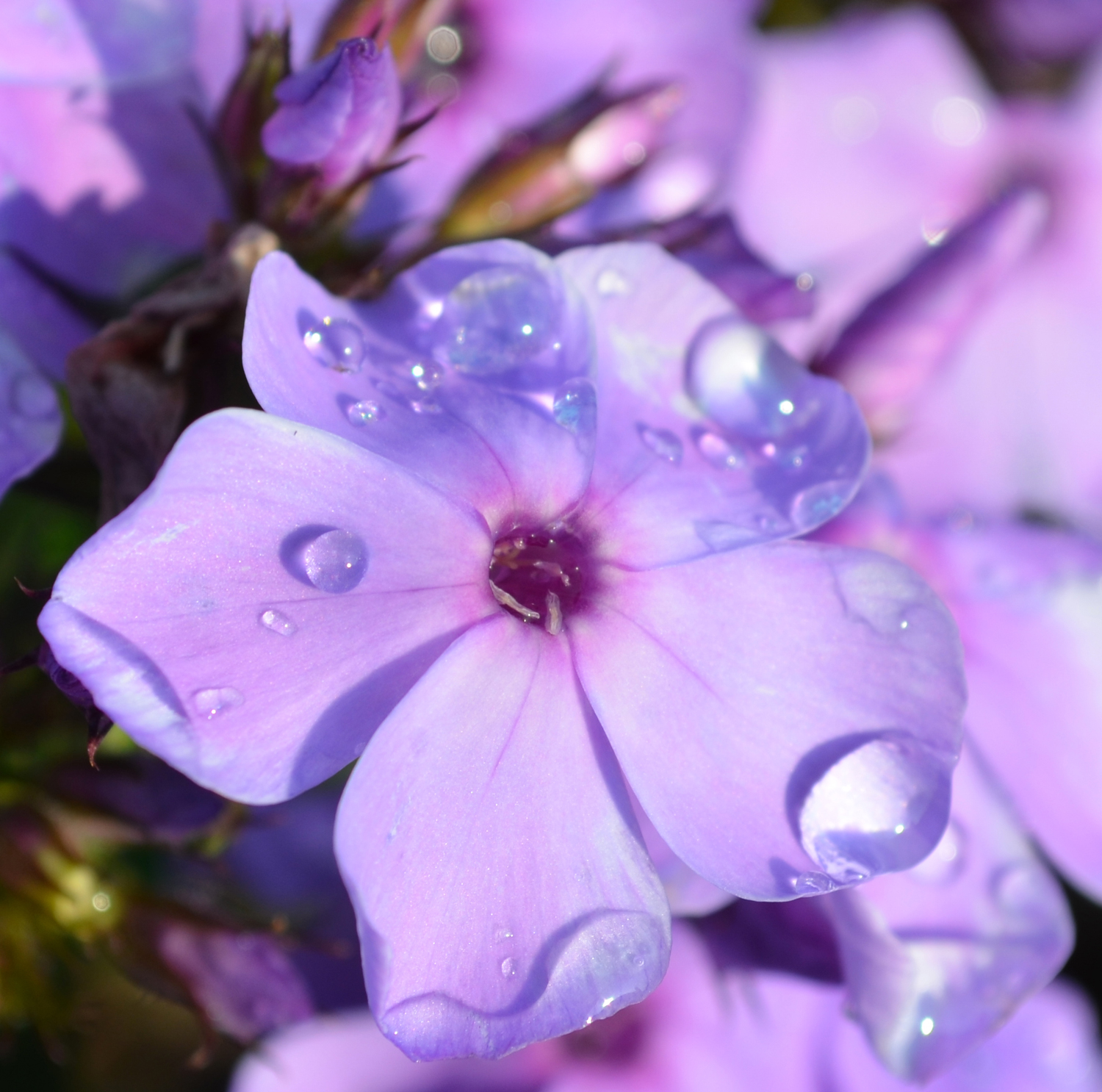Cimicifuga, Snakeroot 'Pink Spike'



Out of stock
Coming soon, still growing- Sun Preference
- Part-Sun, No-Sun
- Bloom Time
- August, September, October
Description
Light pink flowers with dark bronze purple colored foliage.
Minnesota's Largest Selection of Perennials
Discover an unparalleled selection of perennials at Gertens! With the largest variety in Minnesota, we offer endless options of colorful perennials, natives, and pollinator plants to beautify your garden year after year. From vibrant flowers to lush foliage, our perennials are perfect for adding beauty and charm to your outdoor space. Visit Gertens today and see why we're known as Minnesota's Destination Garden Center!
Details
Pink Spike Snakeroot | Cimicifuga racemosa 'Pink Spike'
Plant Height: 3 feet
Flower Height: 5 feet
Spread: 3 feet
Sunlight: part shade to full shade
Hardiness Zone: 3b
Other Names: Bugbane, Black Cohosh, Actaea racemosa
Brand: Gertens
Description:
Whimsical spikes of light pink flowers hover above highly contrasting dark purple foliage on this striking variety that is perfect for the back of borders; likes to consistenly moist and prefers partial shade
Ornamental Features
Pink Spike Snakeroot features bold spikes of fragrant shell pink flowers rising above the foliage from mid to late summer. The flowers are excellent for cutting. Its attractive serrated compound leaves emerge dark green in spring, turning deep purple in color throughout the season. The brown fruits are carried on spikes from late summer to late winter. The deep purple stems are very colorful and add to the overall interest of the plant.
Landscape Attributes
Pink Spike Snakeroot is an herbaceous perennial with tall flower stalks held atop a low mound of foliage. Its relatively coarse texture can be used to stand it apart from other garden plants with finer foliage.
This is a relatively low maintenance plant, and should be cut back in late fall in preparation for winter. It has no significant negative characteristics.
Pink Spike Snakeroot is recommended for the following landscape applications;
- Mass Planting
- General Garden Use
- Naturalizing And Woodland Gardens
- Container Planting
Planting & Growing
Pink Spike Snakeroot will grow to be about 3 feet tall at maturity extending to 5 feet tall with the flowers, with a spread of 3 feet. It tends to be leggy, with a typical clearance of 1 foot from the ground, and should be underplanted with lower-growing perennials. It grows at a slow rate, and under ideal conditions can be expected to live for approximately 10 years. As an herbaceous perennial, this plant will usually die back to the crown each winter, and will regrow from the base each spring. Be careful not to disturb the crown in late winter when it may not be readily seen!
This plant does best in partial shade to shade. It prefers to grow in moist to wet soil, and will even tolerate some standing water. It is not particular as to soil type or pH. It is somewhat tolerant of urban pollution. This is a selection of a native North American species. It can be propagated by division; however, as a cultivated variety, be aware that it may be subject to certain restrictions or prohibitions on propagation.
Pink Spike Snakeroot is a fine choice for the garden, but it is also a good selection for planting in outdoor pots and containers. With its upright habit of growth, it is best suited for use as a 'thriller' in the 'spiller-thriller-filler' container combination; plant it near the center of the pot, surrounded by smaller plants and those that spill over the edges. It is even sizeable enough that it can be grown alone in a suitable container. Note that when growing plants in outdoor containers and baskets, they may require more frequent waterings than they would in the yard or garden. Be aware that in our climate, most plants cannot be expected to survive the winter if left in containers outdoors, and this plant is no exception. Contact our experts for more information on how to protect it over the winter months.
More Information
| Common Family Name | Snakeroot |
|---|---|
| Gerten Grown Plants | Gerten Grown Plants |
| Sun Preference | Part-Sun, No-Sun |
| Bloom Time | August, September, October |
| Mature Spread (Range) | Over 36" |
| Mature Height (Range) | 37" - 48" |
| USDA Hardiness Zone | 4, 5, 6, 7, 8, 9 |


